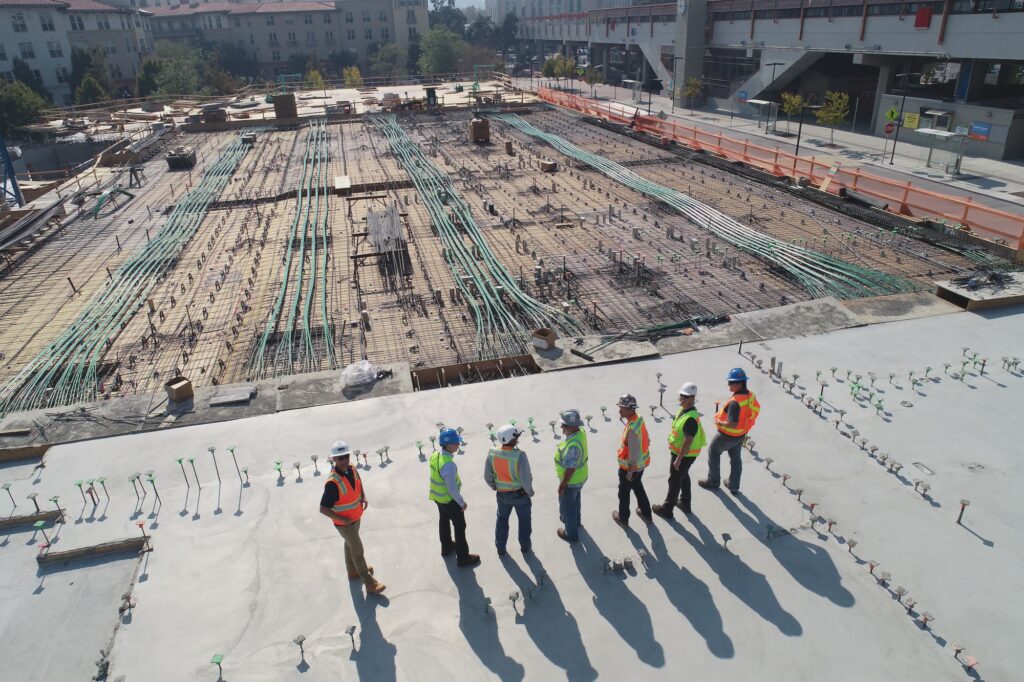FDA regulation of respirators would likely drastically limit healthcare organizations’ access to this essential PPE, particularly during outbreaks.
Cam Mackey, ISEA Tweet
ISEA, on behalf of its members, sent a letter to HHS, FDA, ASPR, CDC and NIOSH explaining that a potential new FDA regulatory system for use of respiratory protective devices (respirators) in medical workplaces would impede US biological preparedness and readiness.
NIOSH’s respirator certification process is robust and products that meet NIOSH approval can protect healthcare workers from pathogenic airborne particles – just as NIOSH-certified respirator protection against non-pathogenic airborne hazards.
ISEA’s President and CEO Cam Mackey said “Respirators used in healthcare are already safe for intended use. There is no evidence of healthcare workers or patients being made unsafe from use of standard, non-surgical N95 respirators, are any type of reusable respirators, not now or over the many past public health emergencies.”
In our letter, we wrote:
Respirator manufacturers do not claim that respirators prevent specific diseases. The guidance for respirator use during outbreaks comes from public health organizations such as the CDC, WHO, etc. (If a respirator manufacturer makes a specific claim, the product would fall under FDA’s authority.)
FDA oversight would be a significant burden on personal protective equipment (PPE) manufacturers and it would result in increased cost of these items. A secondary layer of regulation of respirators by FDA would requires manufacturing under ISO 13485 Medical Device Quality Systems; FDA clearance may not accommodate system devices with interchangeable components.
For these reasons, and more, most respiratory protective device manufacturers will likely not pursue FDA clearance for a majority of their respirator models. Therefore, FDA regulation of respirators would likely drastically limit healthcare organizations’ access to this essential PPE, particularly during outbreaks – the opposite of the Administration’s stated goal of improving supply chain resiliency.


